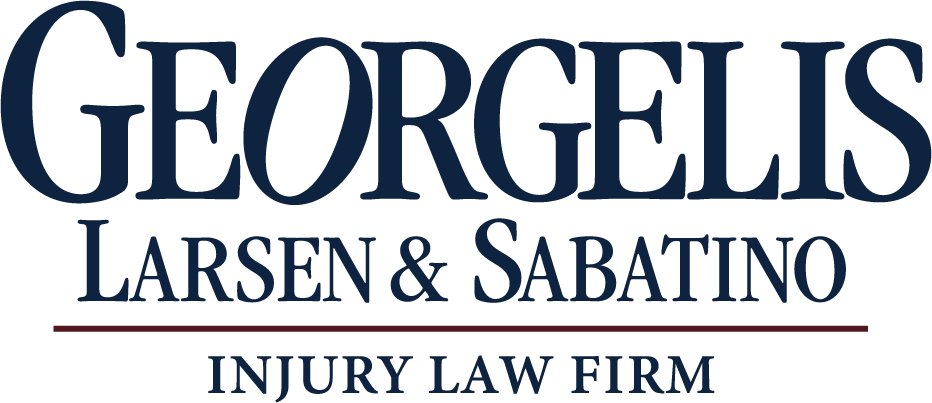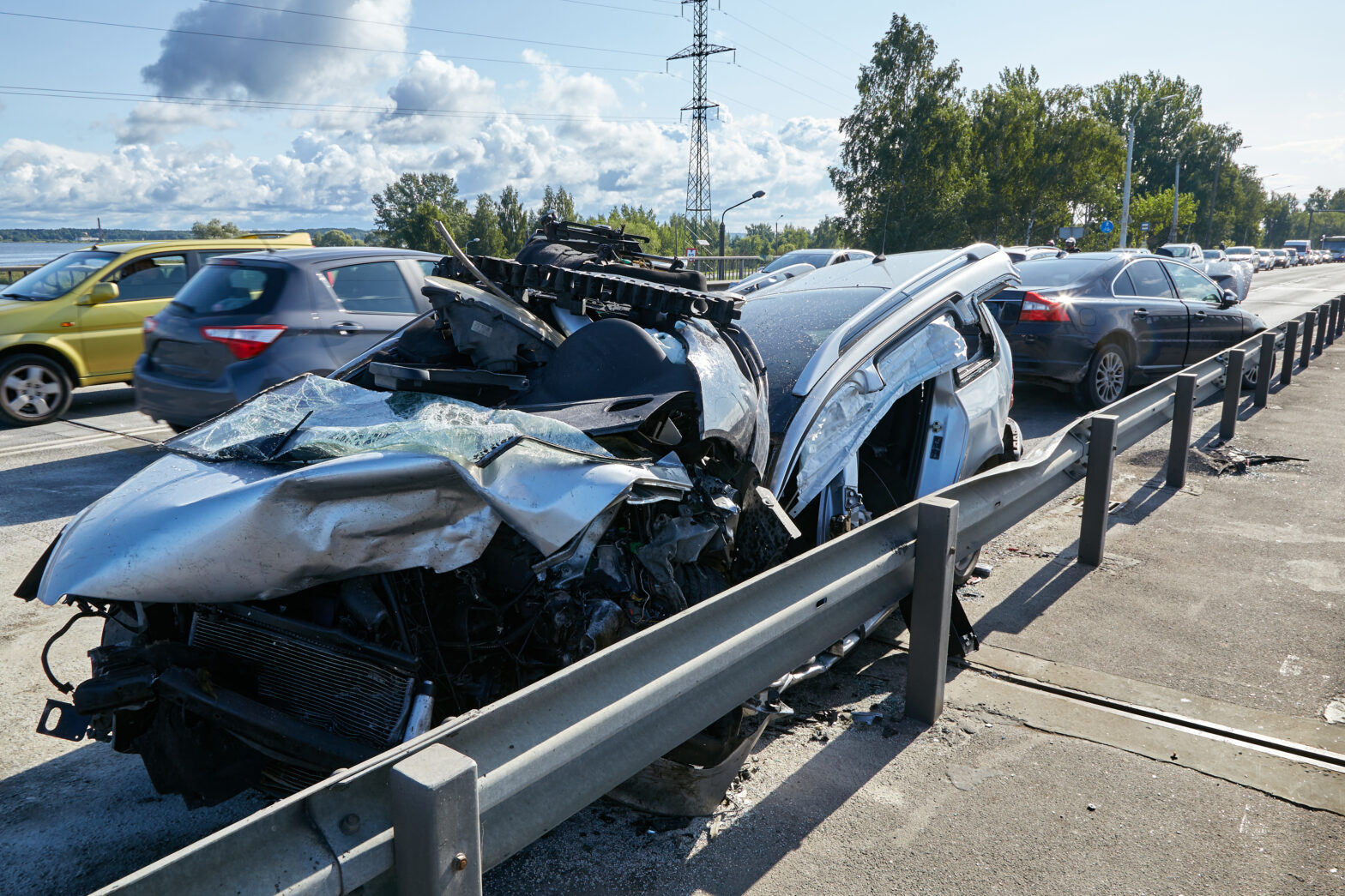
Nearly everything we do during the course of a day requires us to use our backs. From standing and walking to watching TV, we utilize our spine and the muscles and ligaments around it to get around.
But we especially use our backs when we work. Lifting, pulling, pushing and reaching are common movements on the job. And while some professions are more likely to lead to back pain, most of us deal with back issues as we age.
Because back problems are very common and can often come with aging and other everyday tasks, proving that back pain is related to a job task or cumulative work duties can be tricky.
This is where a workers’ comp attorney comes in. Let’s take a look at the different types of back injuries, how they happen, the professions with the highest number of back injuries, and the steps to take if you injure your back on the job.
Common Workplace Back Injuries
Back injuries in the workplace can vary widely, but some common types include:
Acute Low-Back Strains and Sprains: This type of injury occurs when the muscles in your lower back are suddenly stretched or pulled, leading to pain and discomfort.
Bulging, Herniated, and Slipped Discs: Each vertebra in your spine is cushioned by a soft disc with a gel-like center and a tough outer layer. This type of injury can cause the gel-like interior to push through the outer layer, pressing on nearby nerves and resulting in severe pain.
Fractured Vertebrae: While not as severe as a break, fractured vertebrae can be dangerous because bone fragments might impinge upon or damage nearby nerves or the spinal cord.
Pinched Nerve: Increased pressure on a nerve in the spine can cause it to become “pinched,” leading to pain, tingling, or numbness in the affected leg or arm.
Spinal Stenosis: This condition involves a narrowing of the spaces within your spine, often in the neck or lower back, which can compress nerves and cause pain, numbness, tingling, or muscle weakness.
Spinal Cord Injury: Injuries to the spinal cord can be either complete or incomplete. A complete injury results in a total loss of sensation and control below the injury site, while an incomplete injury may affect some, but not all, motor and sensory functions below the injury level.
Professions With The Highest Number of Back Injuries
Certain occupations are particularly prone to causing back injuries:
- Construction Workers: Construction work often involves frequent lifting, carrying, bending, and pulling, which places significant strain on the body and can lead to overuse injuries like back pain. Additionally, workers using scaffolding or climbing ladders face the risk of falls from heights, which can result in severe spinal injuries.
- Healthcare Providers: Nurses and nursing home staff spend long hours on their feet and frequently lift, carry, push, pull, or turn patients and heavy equipment. They also bend over to assist with procedures, which can contribute to back and neck injuries. Dentists and surgeons, on the other hand, often maintain awkward positions for extended periods, leading to poor posture and related back issues.
- Warehouse Workers: The physical demands of warehouse work, including lifting, pushing, and pulling heavy loads, can cause back pain and injuries. Additionally, operating vibrating industrial vehicles can contribute to backache and soreness.
- Drivers: Professional drivers, whether operating large commercial vehicles or personal vehicles for ridesharing services, often sit for long periods and may assist with luggage. These conditions can contribute to back problems.
- Gardeners and Landscapers: Tasks like trimming hedges, planting trees, and repetitive bending and lifting can result in overuse injuries to the back when performed daily.
- Office Workers: Although office workers don’t typically lift heavy objects, prolonged sitting at a desk and staring at a computer screen can lead to poor posture and back pain over time.
Steps to Take After You Injure Your Back On the Job
Promptly Report Your Injury
Promptly reporting your injury is vital for supporting your claim. Immediate notification not only kickstarts the workers’ compensation process, but also strengthens the evidence for your case. The sooner you report the injury, the clearer the connection appears. Delayed reporting can cast doubt on whether the injury was work-related or happened outside of work. Quick reporting also allows for a timely investigation, preserving crucial evidence and witness statements. Be sure to follow your employer’s reporting procedures to maintain the credibility of your claim.
Keep Detailed Records of Any and All Medical Treatments
Detailed medical documentation is crucial for validating your back injury claim. Your healthcare provider’s records, including initial diagnoses, treatment plans, and progress notes, should clearly state the injury’s cause as described by you and any examinations or tests that link your condition to your work. It’s not sufficient to have a back injury alone; the records must demonstrate how your job duties or a specific workplace incident contributed to the injury. Additionally, ongoing treatment records can show the injury’s severity and continuity, further supporting your claim.
A medical examination by a neurosurgical or orthopedic specialist can provide significant support for your workers’ compensation claim. Medical experts can offer authoritative insights into how your job might have contributed to your back injury and counter any disputes from your employer’s insurance company questioning the work-relatedness of the injury. A supportive statement from a medical professional experienced in occupational injuries can be a powerful asset for your claim.
Gather Any Witness Statements that Can Help Prove Your Back Injury Happened On the Job
Witness testimony can be crucial in proving your claim. If co-workers or others saw the injury happen, their statements can provide valuable evidence. Collect these statements promptly to ensure the details are fresh in the witnesses’ minds, leading to more accurate recollections.
Statements should focus on specific observations rather than opinions, as factual accounts are more persuasive in the claims process. Witness testimonies can corroborate your version of events and help establish a timeline, making them a key component of your evidence.
Company incident reports and safety records are also important for proving that a back injury is work-related. These documents can confirm the occurrence of an incident and provide details about what led to the injury. An official company incident report could also reveal patterns of similar incidents or unsafe practices, which can strengthen your claim.
Analyzing these reports can show whether safety protocols were followed and if any violations contributed to your injury, highlighting potential employer negligence and supporting your workers’ compensation claim.
When it comes to establishing that a back injury is, in fact, work-related, understanding the legal criteria is essential. In workers’ compensation claims, the responsibility to prove the injury’s connection to work falls on you, the employee.
Understanding Workplace Policies and Job Duties
Job Descriptions and Responsibilities: Reviewing your job description and responsibilities is essential in proving that your back injury is work-related. Detailed job descriptions can outline the physical demands and duties that might lead to such injuries. For instance, if your job involves repetitive lifting or prolonged standing, this information can link your daily tasks to your back injury. Additionally, ergonomic assessments and task analyses conducted by your employer can further substantiate how your work environment or specific job functions might have contributed to your condition.
Compliance with Safety Regulations: Compliance with safety regulations is crucial in workers’ compensation claims. If your injury occurred in an environment where you violated a positive work order, it may jeopardize your entitlement to workers’ compensation benefits. Conversely, if you were adhering to all safety regulations at the time of your injury, it reinforces the notion that the injury is work-related. Documenting how safety regulations relate to your injury and whether they were followed or breached is essential, as non-compliance can complicate your claim.
Cumulative-Trauma Spine Injuries
In Pennsylvania, the aggravation of a pre-existing condition—such as, but not limited to, spinal stenosis or an arthritic spine—is considered a compensable work injury. Therefore, even if you have an underlying condition such as this, if your work duties materially aggravate the condition and cause you to be symptomatic, you have just as much of a right to workers’ comp wage loss and medical benefits as someone who suffers a traumatic injury on the job.
Moreover, even if your pre-existing spine condition already is symptomatic, if your work duties are responsible for worsening the symptoms and negatively impacting your ability to perform your job—resulting in a loss of earnings—you should still be entitled to receive workers’ compensation benefits.
Having said this, the above scenario can be extremely complicated and almost always results in a claim denial from the employer and/or its worker’s comp insurance company. As a result, if you believe that you are in a situation such as this, it is critical to reach out to a highly experienced and successful workers’ compensation law firm as soon as possible so that they can start building your claim right away and protect you from all of the tactics and maneuvers employed by the employer and insurance carrier.
Workers’ Compensation Law Firm in Lancaster, Pa.
While you can manage a workers’ compensation claim on your own, having top-notch legal representation offers significant advantages. An experienced workers’ compensation attorney can guide you through the process, help gather and present evidence, negotiate with insurance companies, and represent you at hearings if needed.
The best workers’ compensation attorneys are adept at navigating the complexities of workers’ compensation law and can greatly enhance your chances of a favorable outcome. With their support, you can focus on your recovery while they handle the legal aspects of your claim.
If you or a loved one has suffered a back injury on the job, speaking with a workers’ compensation lawyer right away is crucial. At Georgelis, Larsen & Sabatino Injury Law Firm, our work injury attorneys are available 24/7 for a free evaluation, and we never collect a fee until we win for you.
You can reach us online or by calling 1-800-HURT-NOW. The insurance companies have a team of lawyers ready to minimize their financial responsibility after a workplace accident and you deserve the same representation. With a 99% success rate and over $95 million secured for our clients, at Georgelis, Larsen & Sabatino Injury Law Firm — Winning… Is No Accident™.





